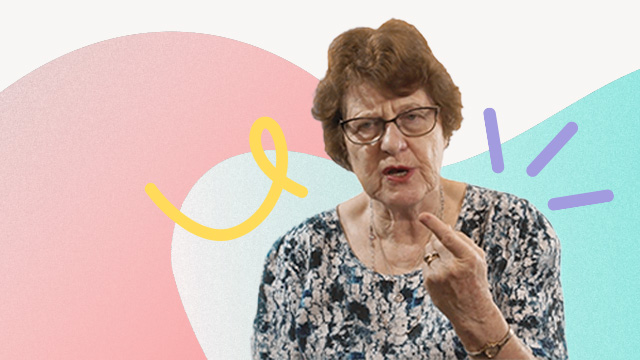Living with a Long-Term Stoma


A ‘long-term’ stoma refers to a stoma intended to be either for permanent use (i.e. not reversible) or for temporary, short-term use initially, but necessitated for an extended period. Under either circumstance, navigating life with a long-term stoma can present a myriad of challenges and care considerations.
This Ausmed Course provides learners with a multifaceted, practical understanding of these specific care needs and considerations for patients living with long-term stomas.
Content
What you'll learn:
Understand common indications for forming a long-term stoma.
Manage treatment considerations for co-existing conditions in tandem with stomal therapy requirements for patients with long-term stomas.
Analyse and troubleshoot common complications when caring for patients with long-term stomas.
Confidently educate patients and their carers about maintaining a long-term stoma alongside any co-existing conditions.
Who it's for:
Why it's needed:
In Australia, more than 50,000 Australians are currently living with a stoma. There are a range of specific considerations to be made for individuals with long-term or permanent stomas, such as the ongoing management of their indicated pre-existing condition (e.g. bowel cancer or inflammatory bowel disease) and avoidance of common complications. Additionally, numerous studies indicate that an individual’s quality of life can be significantly impacted by the formation of a chronic stoma.
Education on the topic of long-term stomas is therefore necessary as it will equip healthcare professionals with a multifaceted, practical understanding of their patient’s needs and experiences, resulting in the provision of high-quality care and improved patient outcomes.
Purpose:
Topics
Assign mandatory training and keep all your records in-one-place.
Find out more
Recommended resources










 New
New